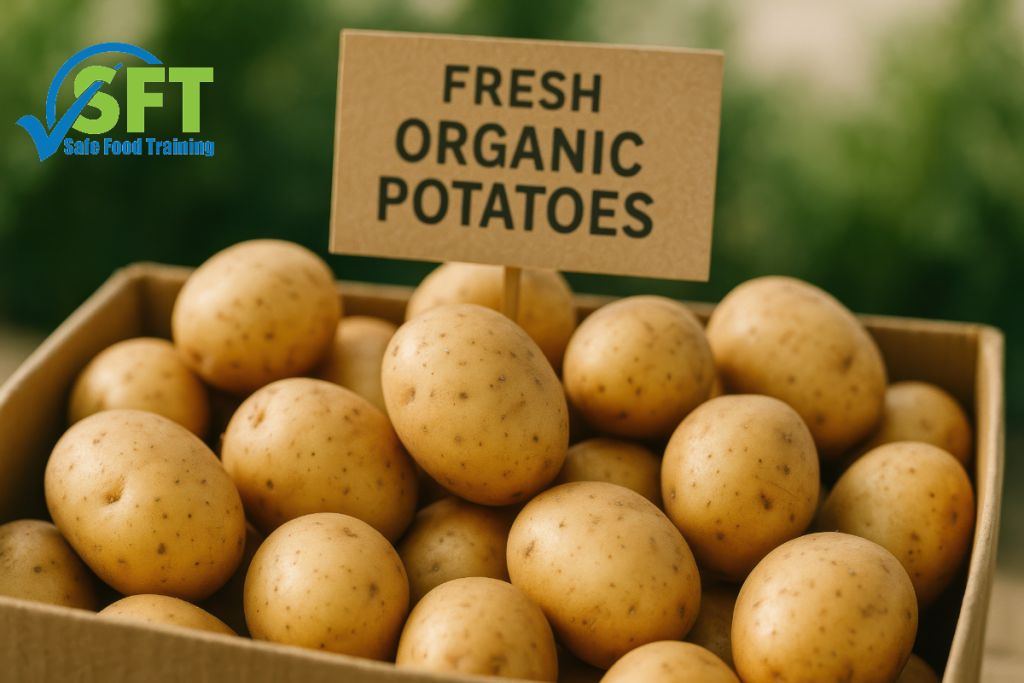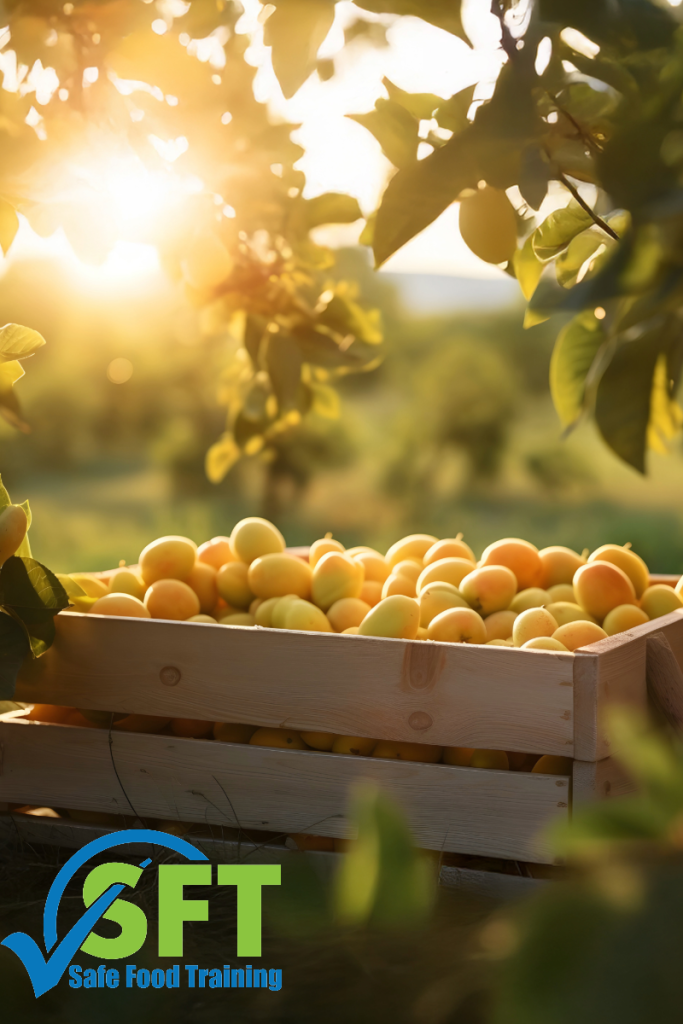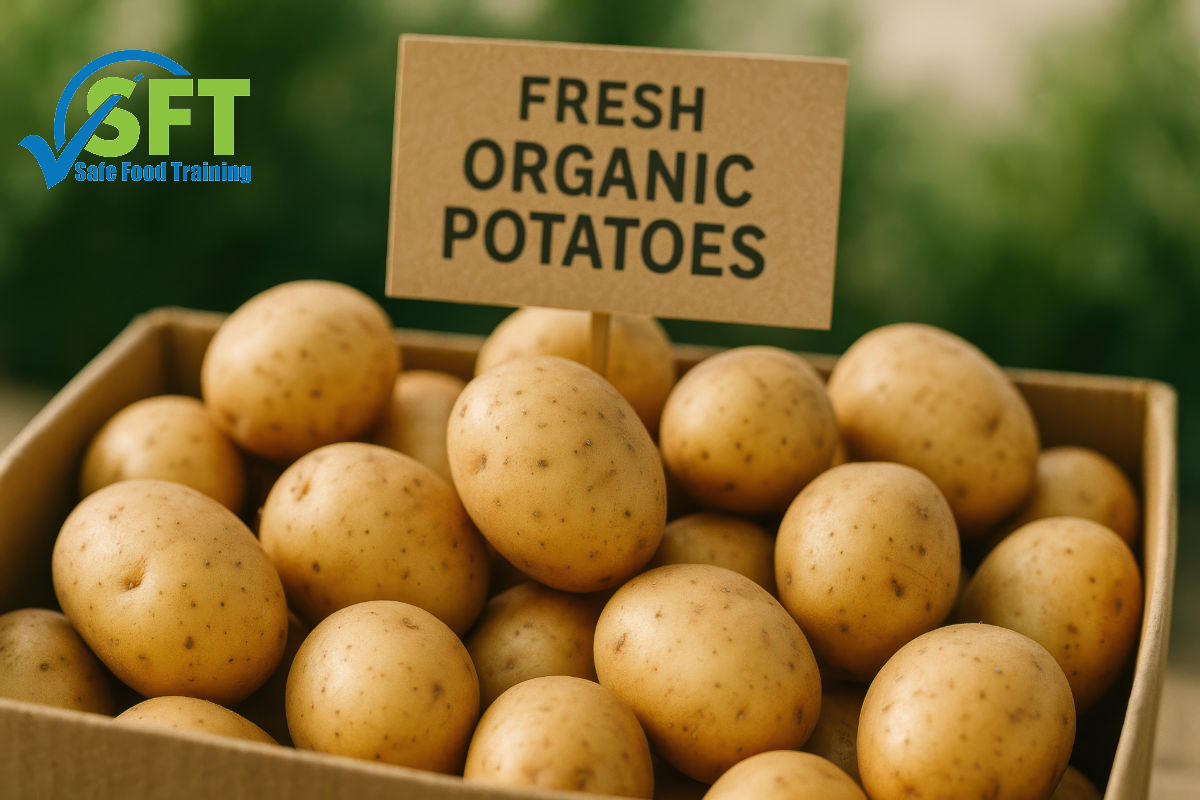
The simple answer is that you must handle all food, regardless of its source or label, with the same rigorous safety standards. The risk of contamination doesn’t disappear just because an ingredient is certified organic. From the farm to the fork, the core responsibility of protecting public health is universal. Let’s explore the key areas where you must diligently apply these standards.
The Myth of "Safer" Organic Food
Many people mistakenly believe organic food is inherently safer from pathogens because farmers grow it without synthetic pesticides or fertilizers. However, the potential for contamination still exists, and sometimes, it can even present unique challenges. A knowledgeable food manager understands that the “organic” label refers to agricultural practices, not a guarantee of being pathogen free.
- Natural Fertilizers: Organic farming often uses animal manure as fertilizer. If not properly composted, it can be a significant source of dangerous pathogens like E. coli and Salmonella, which can contaminate produce in the field.
- Environmental Factors: Pathogens exist naturally in the environment. Contaminated irrigation water, contact with wildlife, or improper handling during harvest can introduce harmful bacteria to fruits and vegetables.
Raw Animal Products: Just like their conventional counterparts, organic eggs can carry Salmonella, and raw organic poultry can harbor Campylobacter. The animal’s diet does not eliminate these microbiological risks.
Applying Core Protocols: The Role of a Certified Food Protection Manager
Your training as a Certified Food Protection Manager builds upon a foundation of principles that apply to all ingredients. You can take no shortcuts or make exceptions for organic items when upholding Minnesota’s food safety standards. This consistency is crucial for preventing illness and maintaining customer trust.
Key Safety Controls
- Time and Temperature: You must cook raw organic meats, poultry, and fish to the same federally recommended internal temperatures to destroy pathogens. Likewise, you must hold hot foods hot and cold foods cold, regardless of the ingredients’ origin.
- Cross-Contamination Prevention: You must clean and sanitize a cutting board used for organic raw chicken just as thoroughly as one used for conventional chicken. Proper handwashing, glove use, and separating raw and ready-to-eat foods are non-negotiable.
- Washing and Preparation: You must wash all produce, organic or not, thoroughly under running water before cutting, mixing, or serving it. This step is essential to remove soil, surface debris, and potential contaminants picked up during transit.
Diligence in Sourcing and Receiving



While sourcing from local or small-scale organic farms can be a great way to enhance a menu, it requires an extra layer of diligence. Unlike large distributors, which may have standardized, documented safety procedures, smaller suppliers might require more direct verification. As a manager, you are the final checkpoint for ensuring only safe ingredients enter your kitchen.
- Vet Your Suppliers: Don’t hesitate to ask farmers about their food safety practices. Inquire about their water sources, harvesting procedures, and the Good Agricultural Practices (GAP) they follow. A reputable supplier will be happy to share this information.
- Inspect Every Delivery: Upon arrival, you must meticulously inspect all ingredients. Check for signs of spoilage, pest damage, and temperature abuse during transport. Trust your training, not just the label on the box.
Ultimately, the role of a certified food protection manager is to be the guardian of food safety for your establishment. That responsibility means you must apply your expertise consistently and without compromise, ensuring every dish you serve is as safe as it is delicious.
For comprehensive training that covers these critical details for you and your team, explore our instructor-led Certified Food Protection Manager options in Minnesota. Visit Safe Food Training now to sign up for a course near you!

